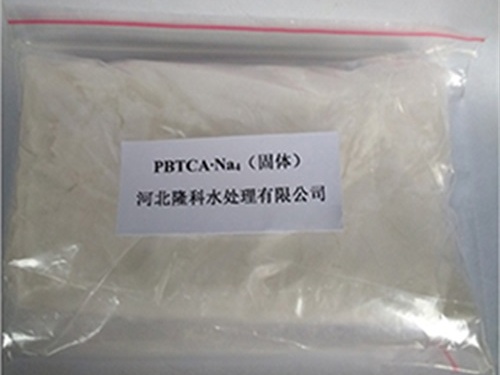chloro methyl isothiazolinone
Chloro Methyl Isothiazolinone An Overview
Chloro methyl isothiazolinone (CMI), a synthetic biocide and preservative, has garnered significant attention in various industries, thanks to its effectiveness in inhibiting microbial growth. This compound is commonly used in personal care products, household cleaners, and various industrial applications. Despite its widespread use, CMI has also raised concerns regarding its safety and potential health hazards, prompting ongoing research and regulatory scrutiny.
Chemical Characteristics and Applications
Chloro methyl isothiazolinone is part of the isothiazolinone family, which includes other notable compounds such as methylisothiazolinone (MIT). CMI is typically used in conjunction with MIT, as both compounds exhibit synergistic effects in enhancing antimicrobial activity. CMI is known for its broad-spectrum efficacy against bacteria, fungi, and algae, making it a popular choice in formulations requiring long-term preservation.
In personal care products like shampoos, conditioners, and lotions, CMI helps to prevent the growth of microorganisms that could otherwise spoil the product. Similarly, in industrial settings, it is utilized in paints, coatings, and adhesives to maintain product integrity over time. Furthermore, it is effective in preventing microbial contamination in water systems, making it valuable in industrial water treatment processes.
Health and Safety Concerns
Despite its effectiveness as a preservative, the use of chloro methyl isothiazolinone is not without controversy. Numerous studies have linked CMI exposure to allergic reactions and skin sensitization. The compound has been known to cause dermatitis, particularly in individuals with pre-existing sensitivities. This has led to increased regulatory scrutiny in regions such as the European Union, where the use of CMI in cosmetics has been significantly restricted.
chloro methyl isothiazolinone

Regulatory bodies are particularly concerned about the potential for CMI to cause irritation to the eyes and skin, as well as respiratory issues with prolonged exposure. As a result, some countries have imposed strict concentration limits on CMI in consumer products. Manufacturers are thus faced with the challenge of balancing the need for effective preservation with the responsibility of ensuring consumer safety.
Regulatory Landscape
In response to growing health concerns, the European Commission's Scientific Committee on Consumer Safety (SCCS) has evaluated the safety of chloro methyl isothiazolinone. Their findings contribute to the establishment of regulations that dictate the allowable concentrations of CMI in cosmetics and personal care products. Similarly, organizations like the American Contact Dermatitis Society and the American Academy of Dermatology have issued guidelines and recommendations regarding the use of CMI, particularly in products intended for sensitive skin.
As regulations evolve, product formulators are increasingly seeking alternatives to CMI, either to avoid regulatory hurdles or to address consumer concerns regarding safety. This shift has led to the exploration of natural preservatives and alternative synthetic compounds that provide similar antimicrobial efficacy without the associated risks.
Future Directions
The future of chloro methyl isothiazolinone in consumer products remains uncertain. While it is a potent antimicrobial agent, the potential for adverse health effects continues to shape its use in the marketplace. The push towards greener chemistry and safer alternatives is likely to drive innovation in the field of preservatives. Researchers are exploring the efficacy of natural ingredients and new synthetic compounds that could offer effective preservation without the drawbacks associated with CMI.
In conclusion, chloro methyl isothiazolinone plays a crucial role in preserving the integrity of various products across many industries. However, its health implications have raised important questions about safety and regulatory compliance. As the industry moves towards safer and more sustainable practices, the future of CMI remains a topic of active discussion, highlighting the ongoing need for balance between effective preservation and consumer safety.
-
The Power of Isothiazolinones in Modern ApplicationsNewsMay.08,2025
-
Flocculants in Water TreatmentNewsMay.08,2025
-
Flocculants and Chemical Solutions: What You Need to KnowNewsMay.08,2025
-
Flocculants and Chemical Solutions: A Growing IndustryNewsMay.08,2025
-
Essential Chemicals: Polymaleic Anhydride and MoreNewsMay.08,2025
-
Acrylic Polymers: Essential Solutions for IndustryNewsMay.08,2025





